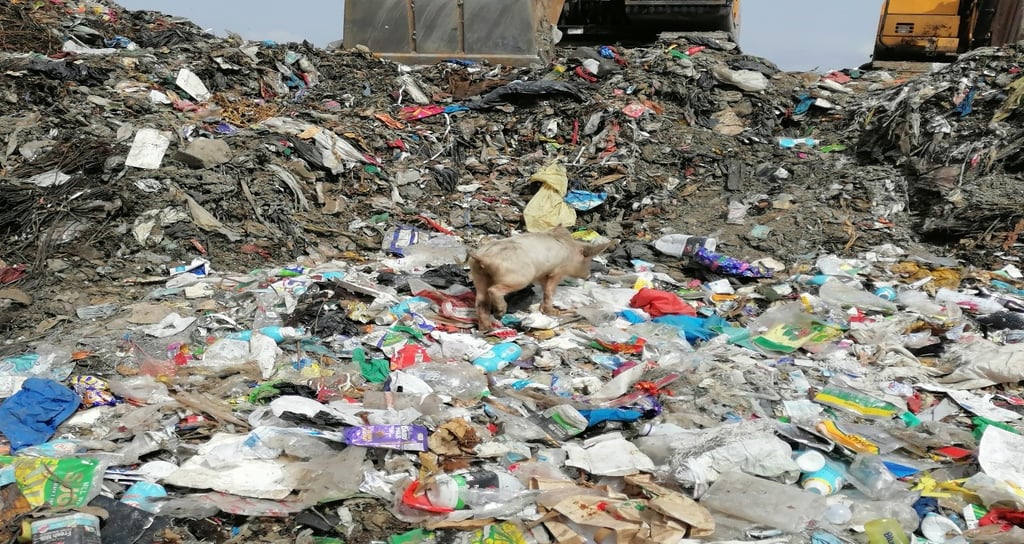Designing for sustainability
product life cycle analysis
Richard Kainika sec gen kenyarecyclers
3/19/20232 min read
Product life cycle analysis (PLCA) is a method used to evaluate the environmental impact of a product throughout its entire life cycle, from the extraction of raw materials to the disposal of the product at the end of its useful life. In designing for sustainability, PLCA can be used to identify opportunities to reduce the environmental impact of a product by making changes at each stage of its life cycle. It is a way through which sustainable production aligns with the circular economy as it circumvents the cost burden that comes with the imposition of the EPR obligations in manufacturing, thereby ringfencing its customer base from the consequent price hikes


The process of PLCA typically involves the following five steps:
Define the scope of the analysis: This involves identifying the boundaries of the system being analyzed and the stages of the product life cycle that will be included in the analysis.
Collect data: Data is collected on the environmental impacts of the product at each stage of its life cycle, including raw material extraction, manufacturing, transportation, use, and end-of-life disposal.
Analyze the data: The data collected is analyzed to identify the environmental hotspots of the product or the stages of its life cycle that have the greatest environmental impact.
Identify sustainability gaps and improvement opportunities: Based on the analysis, opportunities to reduce the environmental impact of the product can be identified. This may involve changes to the design of the product, changes to the materials used, or changes to the mode of transportation and changes to the manufacturing process.
Interpretation: This step involves analyzing the results of the LCA and using them to make informed decisions about product design and improvement.
Implement improvements: Once improvement opportunities have been identified, the design then prescribes deemed changes to be implemented during the manufacturing process to achieve the desired changes and reduce its environmental impact.
By using PLCA to analyze the environmental impact of a product, designers can identify opportunities to reduce the product's impact on the environment throughout its entire life cycle. This can lead to more sustainable products that minimize their environmental impact while still meeting the needs of consumers, as well as aligning with the global call to circularity and sustainability.
